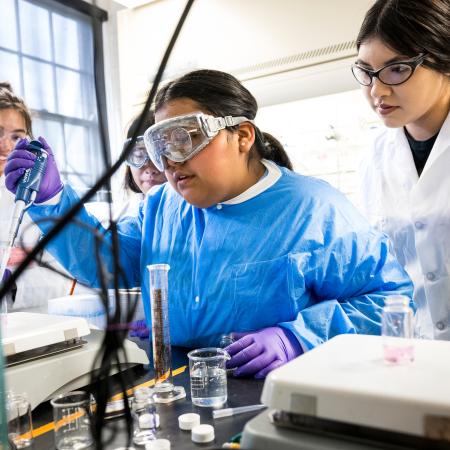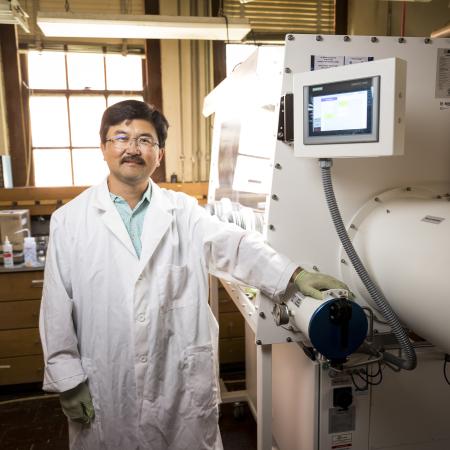Notes
a MTH 112 can be taken to prepare for MTH 251 if the score on ALEKS Math Placement test is 59% or less. MTH 112 is not a required course for the chemistry degree.
b Chemistry majors are strongly encouraged to take the chemistry major's orientation course, "Careers in Chemistry," fall term. This is a 1-credit course and graded P/N.
c The analytical chemistry combination of CH 421 (fall), CH 422 (winter), and CH 461 (fall) is recommended for the strongest background in analytical chemistry and should be taken the third year. With this option, only one inorganic chemistry course is required (either CH 411 or CH 412) so that this option adds only 2 credit hours to the total.
d These electives should be decided on no later than winter term of your junior year in consultation with your chemistry advisor. You are advised to also meet with an advisor in the College of Education (Professional Teacher Education - Science and Mathematics) to discuss choices for these electives (15 cr) and they should be from the course lists posted on their web page for the primary endorsement areas other than chemistry.
The order of courses in the table is suggested. For the track-two core courses (CH, MTH, PH), the order is critical because of prerequisites and the fact that most CH courses are taught only one term per year. The options courses (SED, etc.) can be taken at different times than indicated, but one must be concerned with the prerequisites and the fact that many of these courses are taught only one term per year.
Bacc Core courses or the chemistry education electives (secondary endorsement) courses are not shown in this table. Courses in the above table are considered at the "pre-professional" level for teaching science and this program does not result in licensure.
The one year Professional Teacher Education Masters Program at OSU is a Licensure Program. For more information please see the M.S. in Education Site here. OSU also offers a double degree in education that can take an additional year to complete with the B.S. in chemistry program. For more information on the double degree, please see an advisor in the College of Education.
Baccalaureate Core courses are not shown on the chart above.



